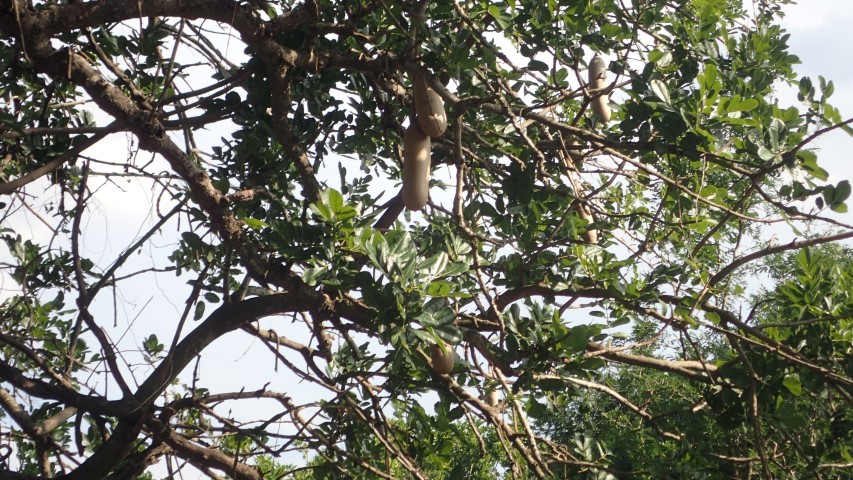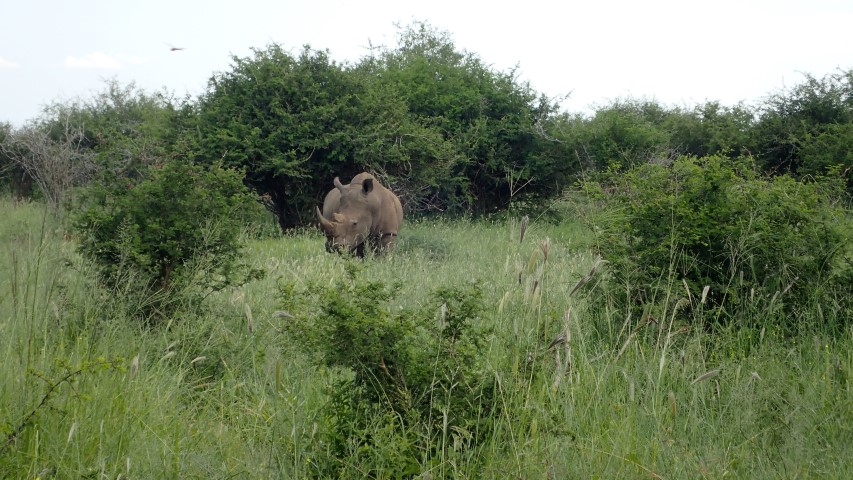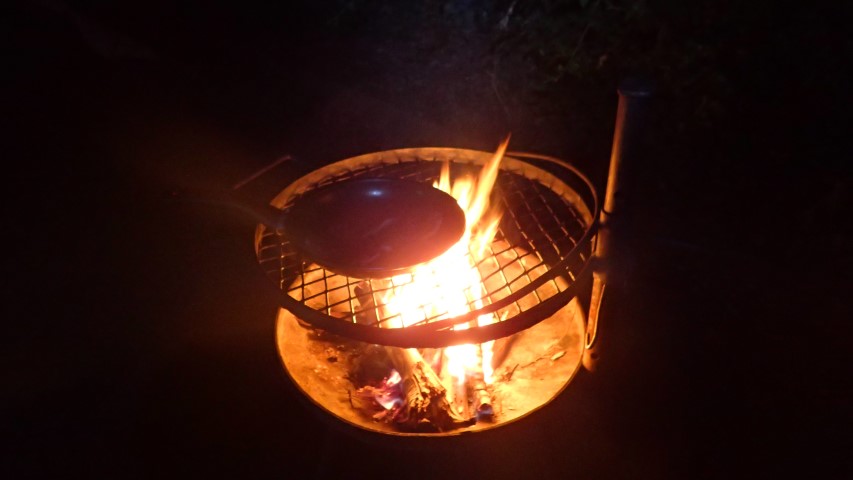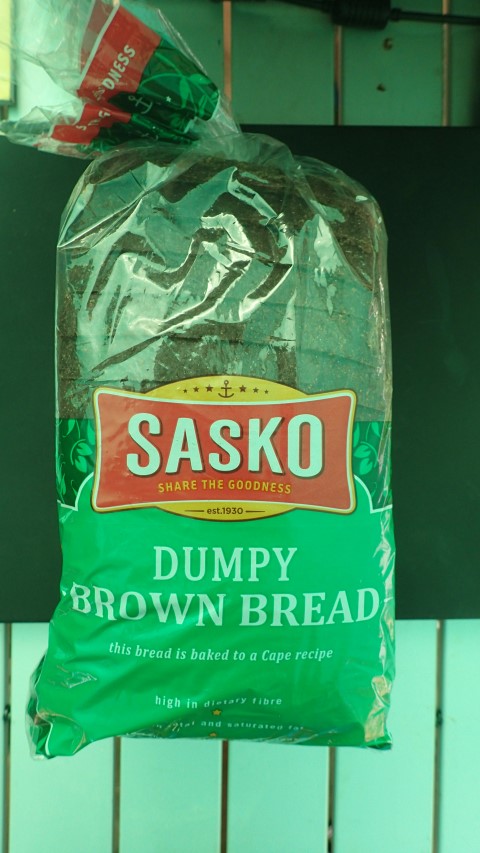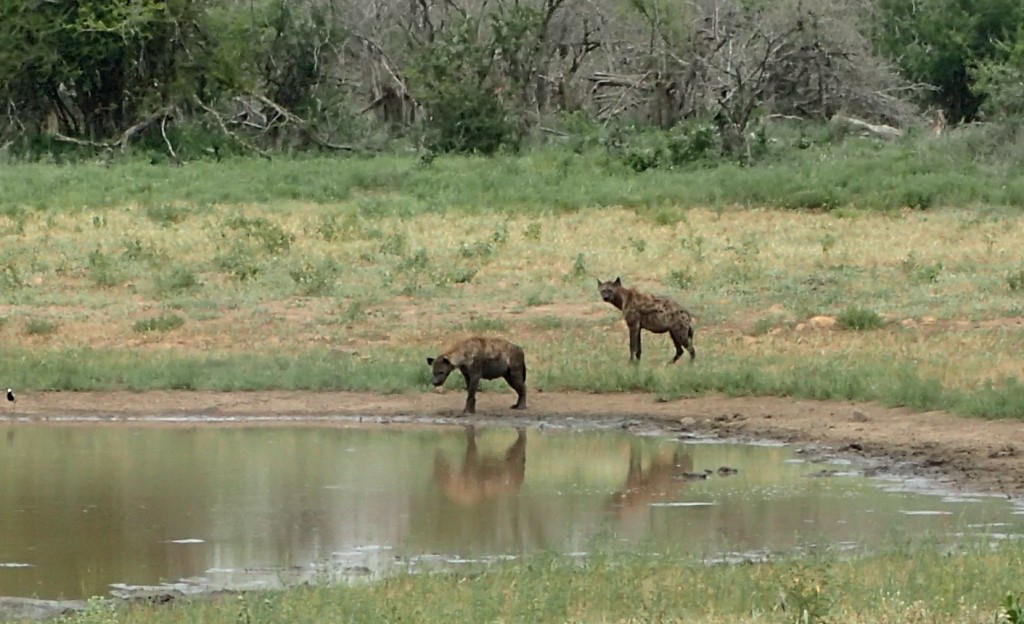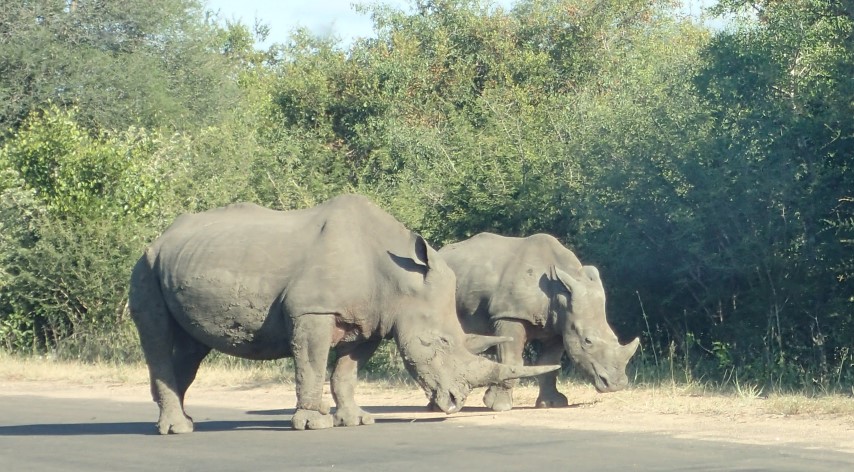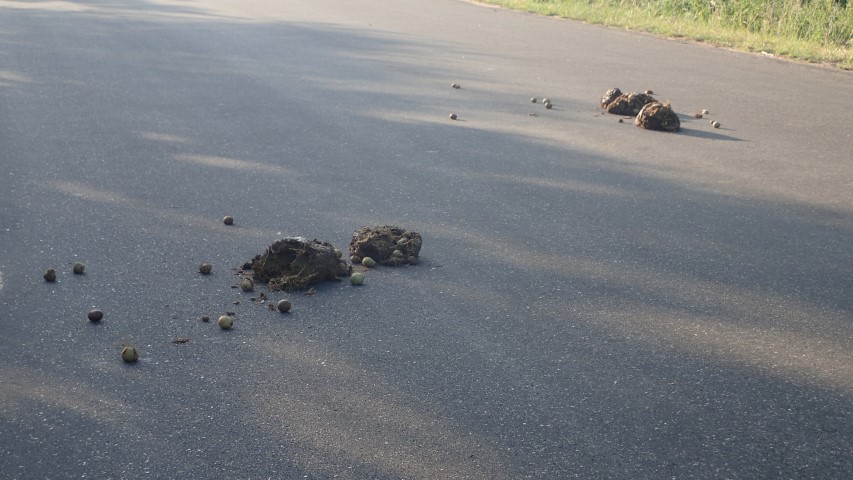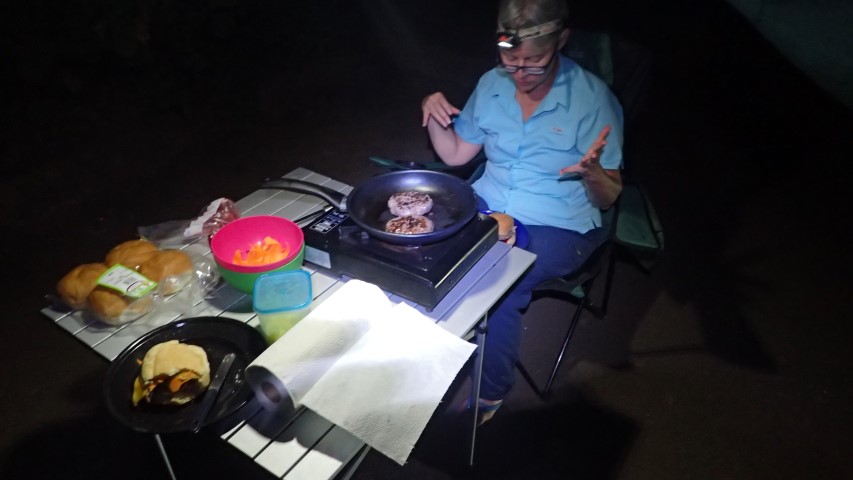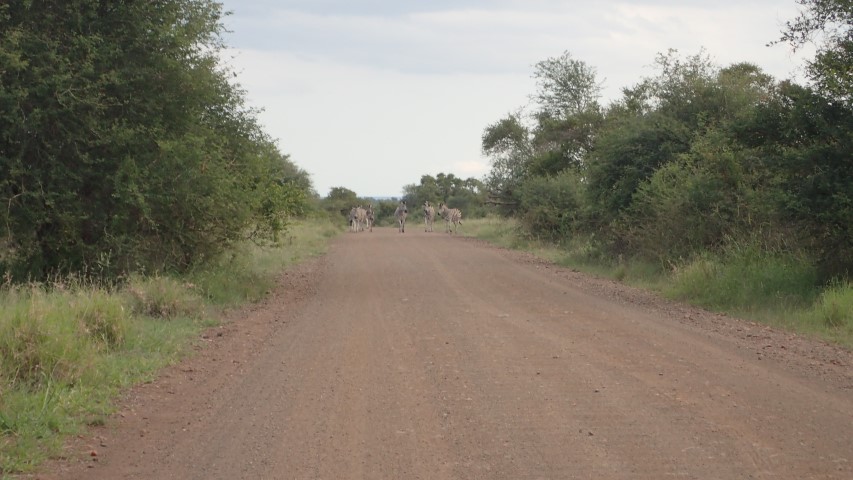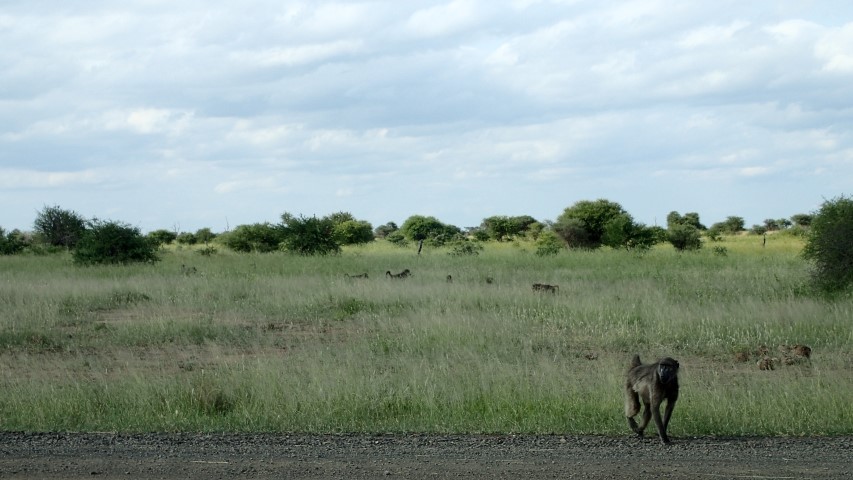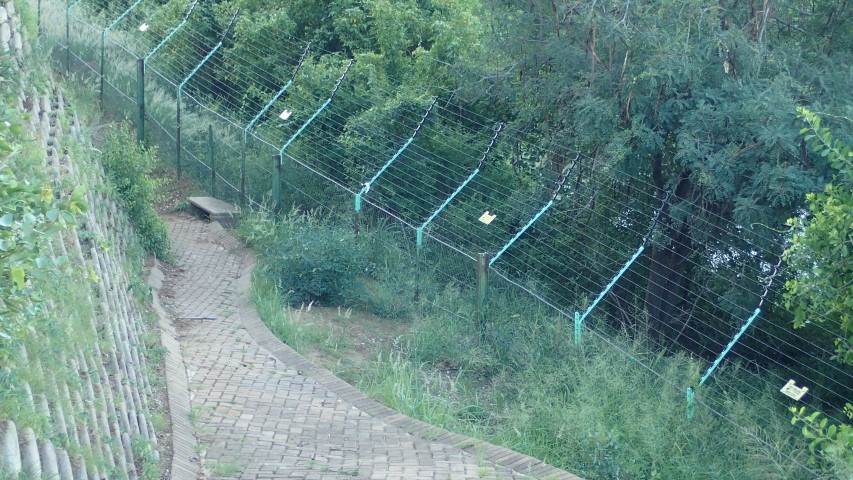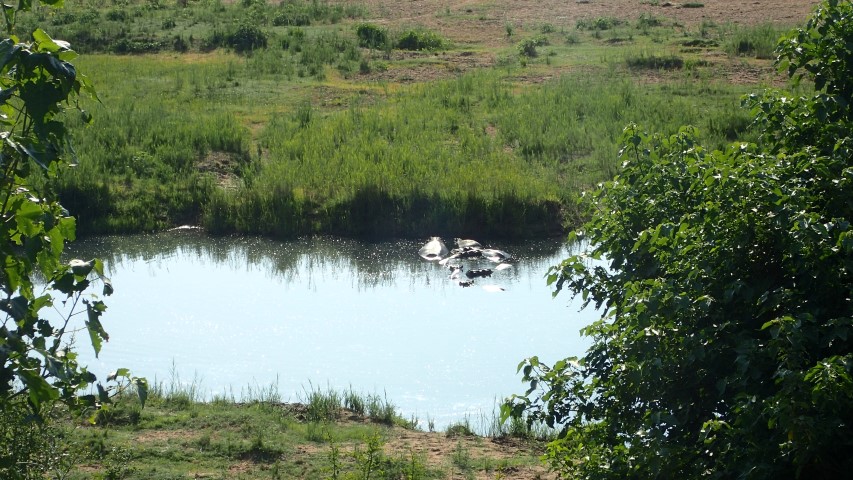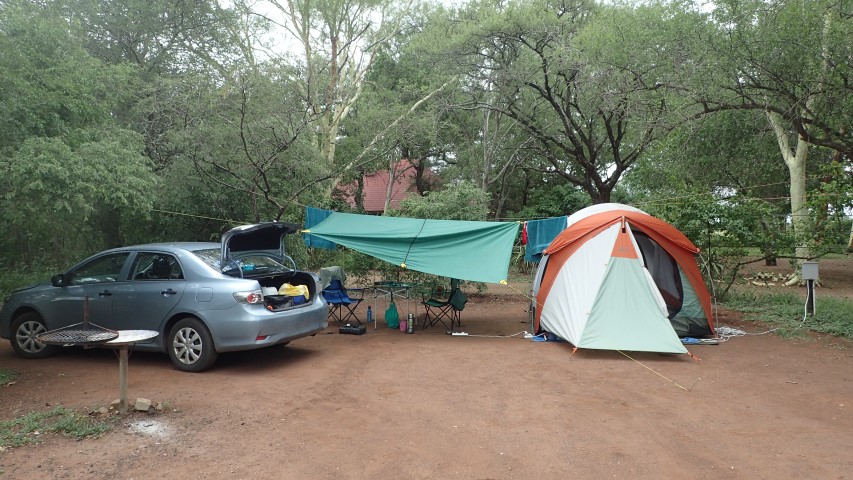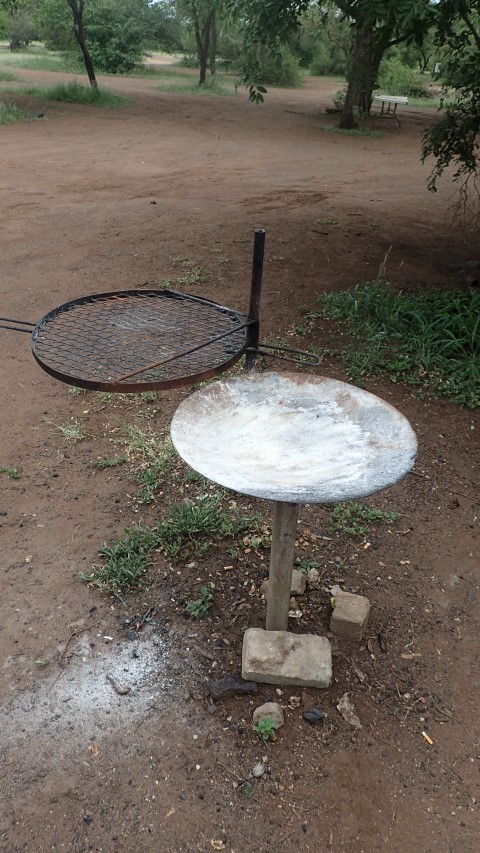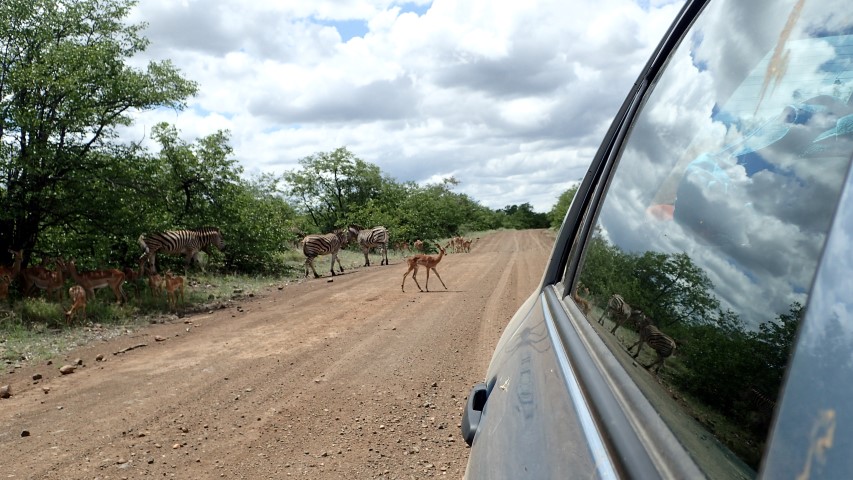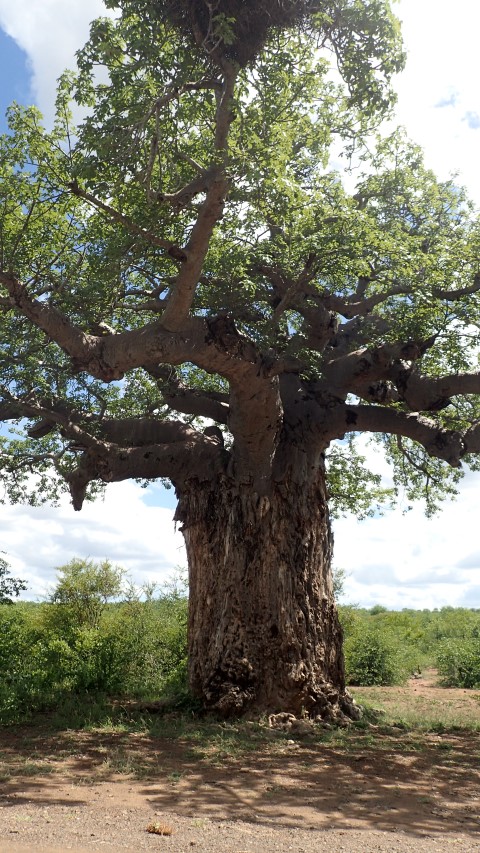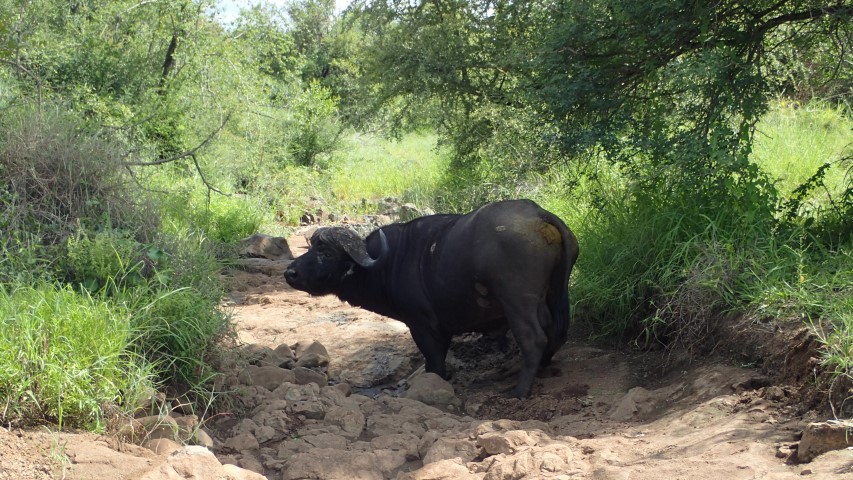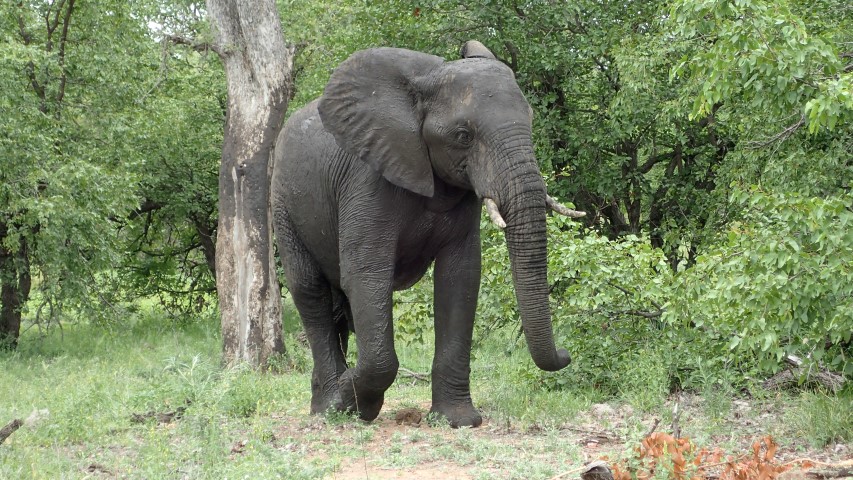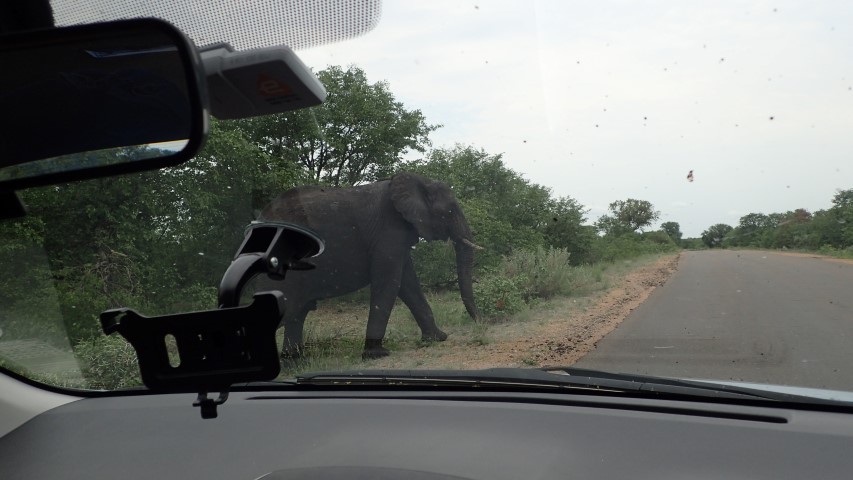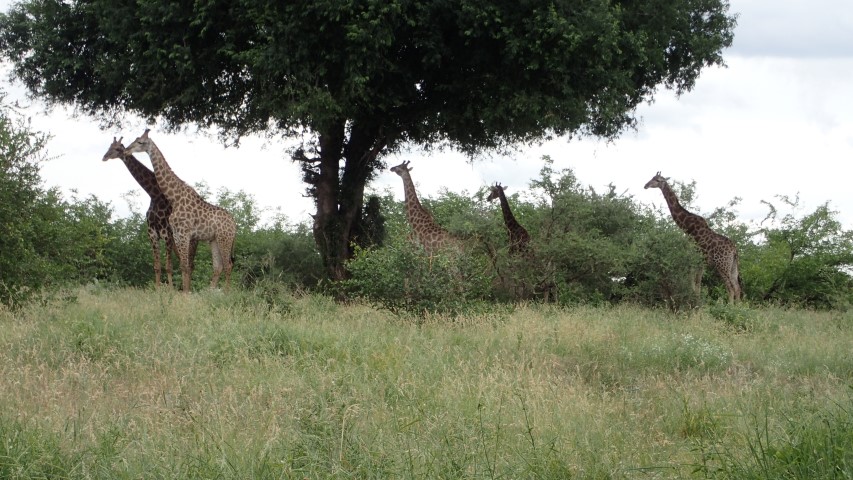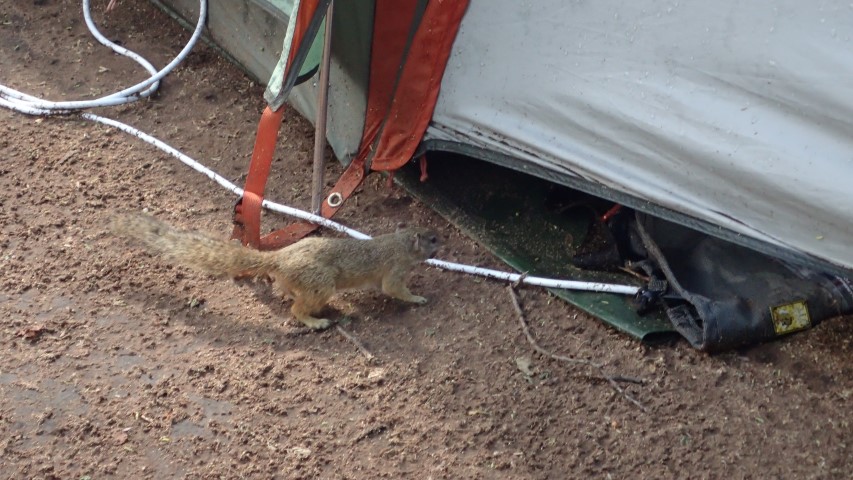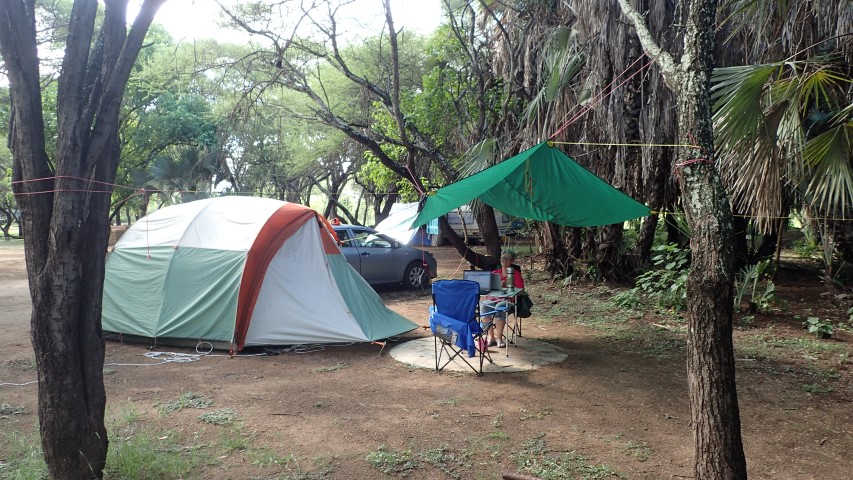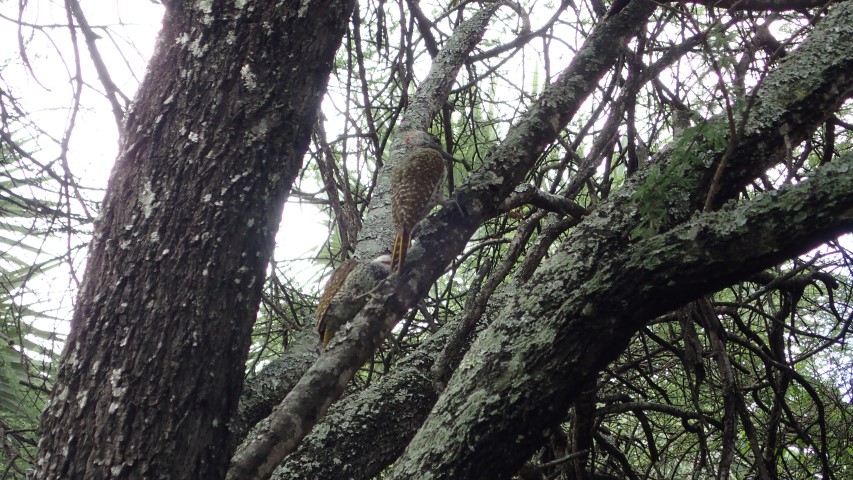Wildlife tally for Wednesday Feb 4
elephants
giraffes
antelopey thingies – impala
buffalo
hippo
warthogs
zebras
white rhinos
blue wildebeest
tortoise
storks
vultures
New to our list today – a rock monitor who lives around our campsite. A very good reason to take a torch and wear thongs or sandals when venturing away from the tent in the dark.
We took a short drive out to Mlondozi, a popular picnic spot a bit north of Lower Sabie. Up on a hill, it overlooks a river and the Lebombo Mountains, which mark the border with Mozambique. So that’s probably as close as we’ll get to Moz. The picnic area was busy, and I guess in the busy periods it would be impossible to get into … or out of. Not much wildlife around at that time of the day, and it was hot – 37C
We headed back to camp for a swim, then went for a drive later in the afternoon, south towards Crcodile Bridge. We saw 4 more rhinos, including a group of 3. Plus a big group … oops, tower … of giraffes. 8, the most we have seen together. And on the flora side of things, we found sausage trees! Lovely large leafy trees that have red flowers in spring, which become sausage-shaped seed pods that drop in autumn. They are heavy so it’s best not to stand under one of these trees at that time of the year. The only animal that likes to eat the ‘sausages’ is the baboon. The seed pods are very fibrous.
Last night’s dinner was blue wildebeest schnitzel steaks, cooked on a braai! The wildebeest smelt a bit ‘gamey’ when it was cooking, but they tasted very much like beef. 500g cost less than $6, and as Greg pointed out, they were probably as low in food miles and carbon footprint as we could get.
We had a HUGE thunderstorm last night. Clear sky when we went to bed, 2 hours later the lightning and thunder woke us up and we took shelter in the car for a while. This morning … clear sky again, and very high humidity.
We’re leaving Kruger today. Its been an amazing week here, but now it’s time to move on and find more adventures. We’re going to Swaziland for a couple of days and may not have internet access there. In which case, see you on Saturday when we get to Joburg
Everything Greg knows about lions, he learnt from The Lion King movie
A group of lions is called a ‘pride’, but only if they are standing on Pride Rock. We haven’t found Pride Rock yet, so that might be why we haven’t seen many lions.
He keeps looking for meerkats, but hasn’t found any yet. But they must be here somewhere ‘cos we’ve seen heaps of warthogs, and Timon and Pumbaa were best buddies.
Warthogs are much, much uglier in real life than Pumbaa was in the movie. They must have Photoshopped him.
Zazu the bossy bird in the movie (Rowan Atkinson was his voice) was a red-billed hornbill, like the one that fell in love with our car when we camped at Satara Rest Camp. We didn’t realise it at the time or we would have made sure we got a photo. We have seen a few since, but never close enough to get a decent photo.


